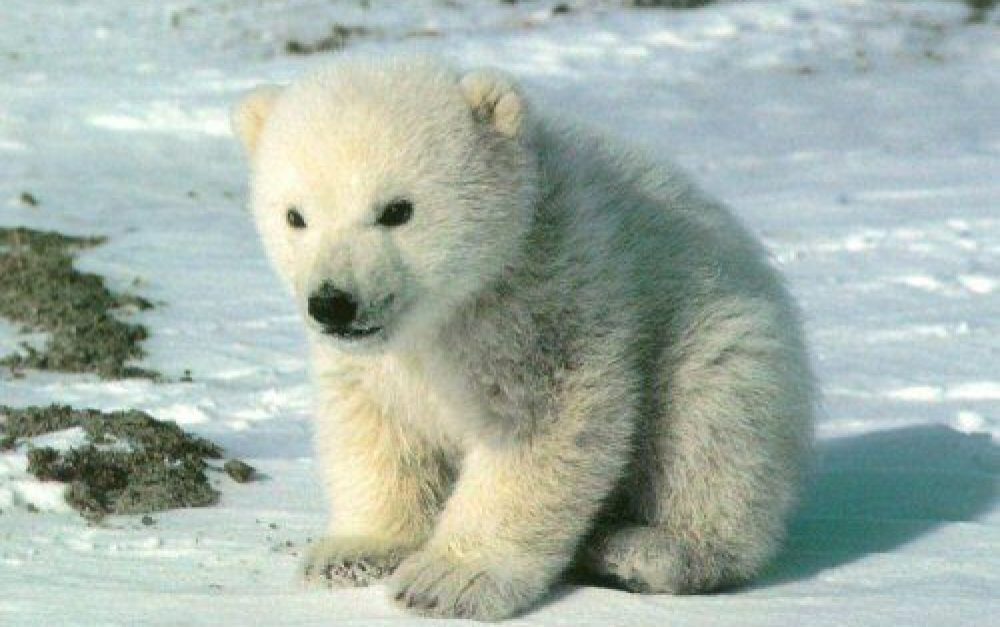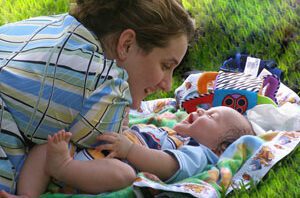A collection of recent studies shows that exposure to persistent organic pollutants (POPs) — including many longlasting pesticides — can slow growth rates of human embryos and shrink the genitals and weaken bones of polar bears.
The World Health Organization (WHO), meanwhile, is asking health professionals around the world to do more to protect children from the health effects of POPs.In a comprehensive overview of exposure, WHO highlights the long term impacts of in utero and early childhood exposure to persistent chemicals:
Some effects may manifest only after a latency period, during adolescence or adulthood. These later effects may be difficult to attribute to POPs exposure because of the long period of time that has passed.
WHO then calls on public health officials worldwide — and specifically pediatric professionals — to educate families about the risks of exposure to POPs chemicals, with the goal of protecting women of childbearing age, pregnant women and children.
Impacts on birthweight & fertility
Earlier this spring scientists published a study in Reproductive Toxicology linking POPs exposure during pregnancy to intra uterine growth retardation, a serious complication of pregnancy, affecting an estimated 5% to 10% of newborns.
And last week, a Danish wildlife veterinarian and toxicologist warned of "shrinking balls and degrading bones" of polar bears in East Greenland. Fertility and reproductive capacity of the species could be severely affected.
Ovary size and weight of female bears also decrease as POPs exposure levels rise, according to the scientist, who notes that "people, as well as other animals, in the Canadian Arctic may also be at risk of similar effects from these pollutants."







